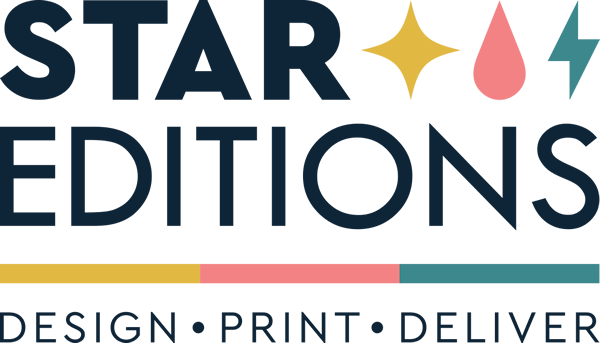Digital printing, in its simplest form, is the process of printing digital or electronically stored images onto a variety of mediums.
How Digital Printing Works
Printing from computers and laptops is actually one of the most common forms of digital printing. Today’s modern methods include ink-jet and laser printing which is typical for your home or office printers. However, this technology caters for far greater possibilities than just paper, allowing high-quality prints to be appended to canvas, tea towels, bone china mugs, t-shirts, totes & more.
At the end of the day, all you need are the appropriate tools and materials. An image can be created on a number of graphics software including the likes of Adobe’s InDesign, Illustrator or Photoshop where it can be saved as a digital file and sent directly to the printer and appended to an applicable surface. Once the visuals have been created from the likes of the above, digital printing takes those file pixels, digitises the image which controls the key variants of exposure, ink and toner configuration to replicate the image you would like to print.
What is Digital Printing Used For?
Digital printing does not really have an obvious end. Therefore, many markets and sectors capitalise on its benefits. It has even become an industry all on its own.
- Art: High-quality reproductions such as giclee prints.
- Commercial: Business cards, officeware, company uniforms.
- Marketing: Advertising and marketing campaigns rely on digital printing for banners, signs, brochures, mail, as well as for events, trade shows, expos etc.
- Personal: Home use of inexpensive printers.
- Photography: Editing and retouching of digital photographs.
- Print on demand: Digital printing is essential here due to the high levels of personalisation and scale of production.

Advantages of Digital Printing

